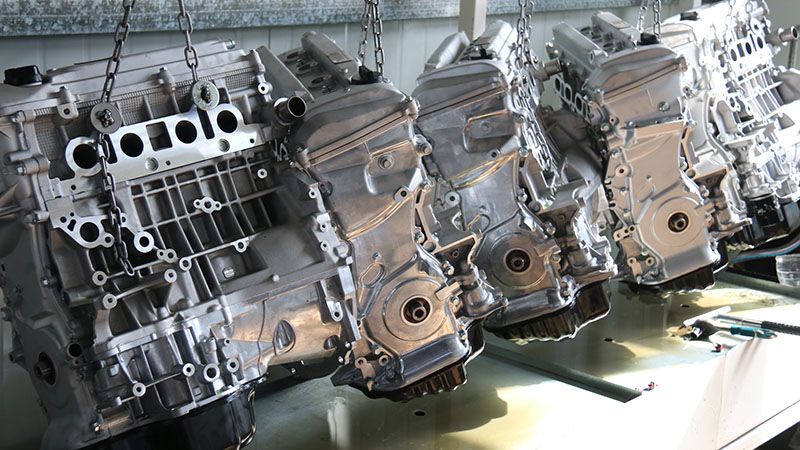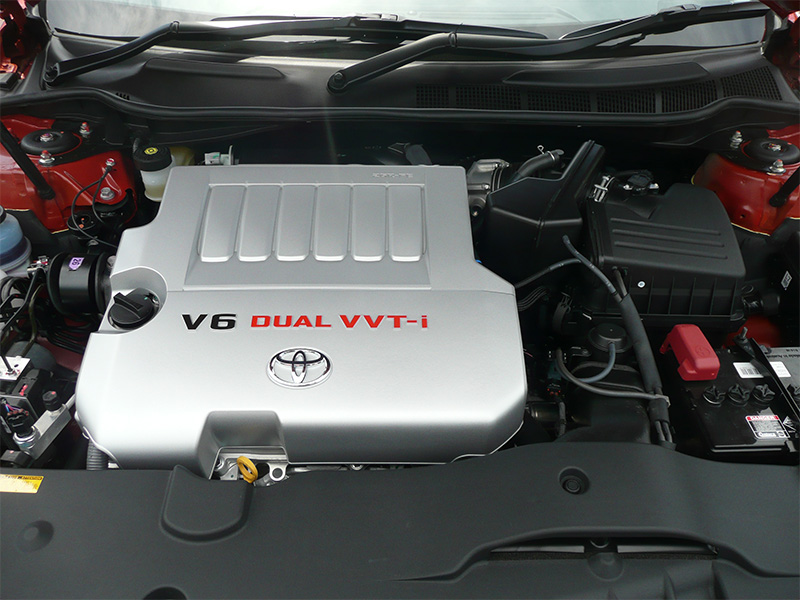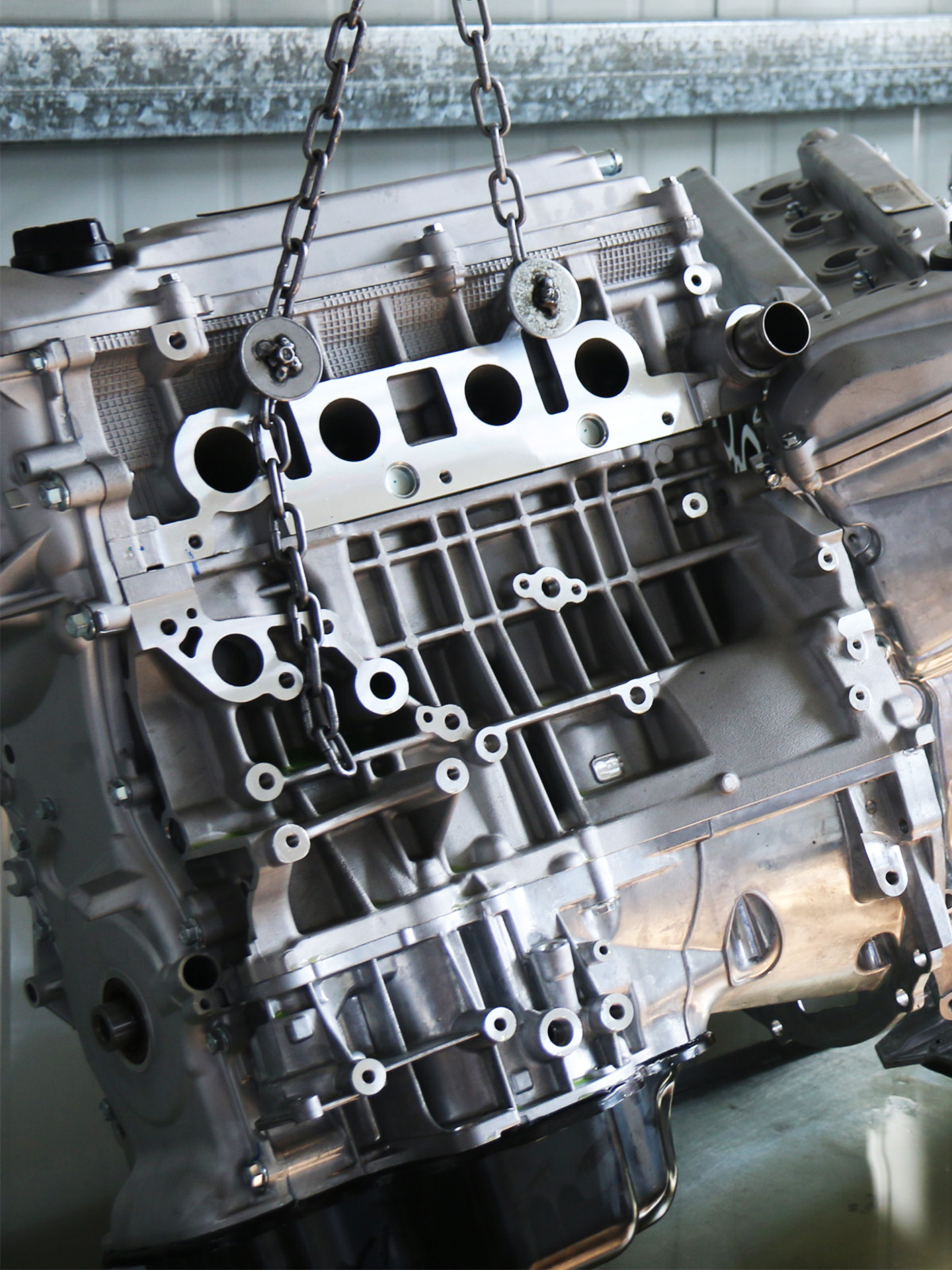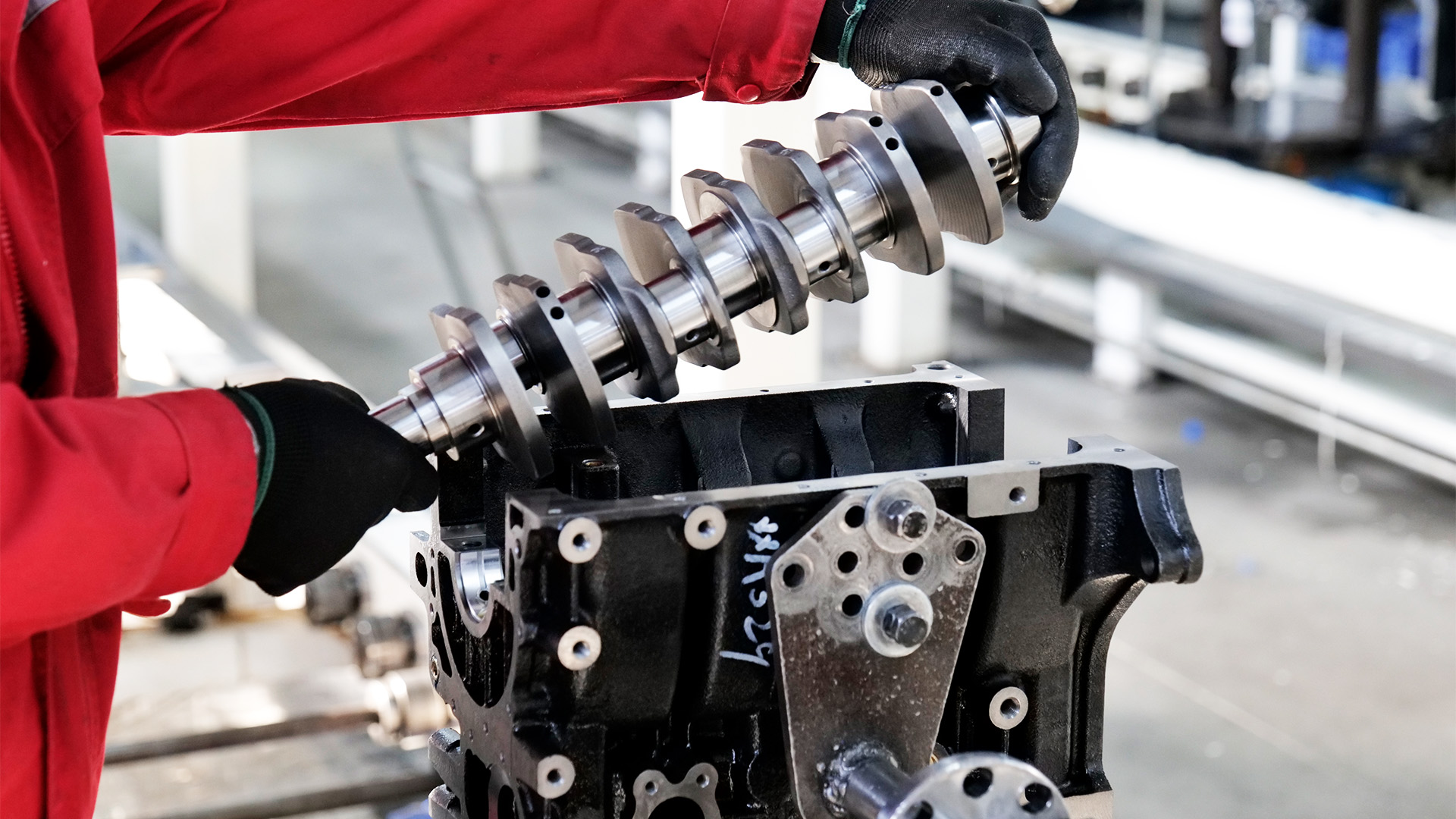Toyota’s GR family is known for tough, low-drama V6s—and the 2GR is the one you see everywhere. This 3.5-liter, timing-chain V6 powers family Toyotas, Lexus sedans, and even supercharged Lotus sports cars.
In this guide, we’ll cover specs and variants (FE/FSE/FKS/FXE), where it was used, real-world reliability, common trouble spots (water pump, early FE VVT-i line, cooling seals), power headroom (about 400–450 wheel horsepower, or whp, on stock internals), and the maintenance that keeps it healthy.

What is the Toyota 2GR?
The 2GR is Toyota’s 3.5-liter V6 from the GR engine family. It’s an all-aluminum, dual-VVT engine with a timing chain (not a belt). Different fuel-system and valve-timing strategies create multiple trims suited for economy, performance, or hybrid duty:
- 2GR-FE – Port injection; the bread-and-butter V6 in many Toyota/Lexus models.
- 2GR-FSE – Direct injection (higher compression) for Lexus performance sedans/coupes.
- 2GR-FKS – D-4S dual injection + VVT-iW (can operate with an efficiency-biased cycle); found in newer Toyota/Lexus.
- 2GR-FXE – Atkinson-leaning version designed for hybrids (engine output is lower; total power depends on the electric motors and battery).
You’ll see the 2GR across Camry/Avalon/Highlander/Sienna/RAV4 V6/Tacoma, plus Lexus ES/IS/GS/RX, and in Lotus (Evora/Exige/Emira) with factory or aftermarket superchargers.

2GR Variants & Specs (at a glance)
Numbers vary by model year and market. Use this as a practical range and confirm specifics with the donor vehicle’s manual or VIN.
| Variant | Fuel System | Typical Compression | Factory Output (approx.) | Notes |
|---|---|---|---|---|
| 2GR-FE | Port injection | ~10.8:1 | 268–295 hp, 248–263 lb-ft | Most common; wide parts availability. |
| 2GR-FSE | Direct injection | ~11.8:1 | 302–318 hp, 267–280 lb-ft | Lexus performance tune; higher compression, crisper response. |
| 2GR-FKS | Dual injection (D-4S) + VVT-iW | ~11.8:1 | 278–301 hp, 263–271 lb-ft | Newer strategy; better emissions/efficiency without feeling dull. |
| 2GR-FXE | Hybrid-oriented (Atkinson-leaning) | High (varies) | Engine output lower; system output example: RX 450h ~308 hp | Built for efficiency; paired with e-motors. |
Cars That Use the Toyota 2GR Engine (Quick Reference)
Where you’ll find it: These are the most recognizable Toyota, Lexus, and Lotus applications. Years and trims vary by market—use this as a quick guide and always confirm by VIN or service manual. Note that several nameplates have moved away from the V6 in recent years.
Toyota
- Camry V6 — 2GR-FKS (2018–2024, XV70); earlier XV40/XV50 used 2GR-FE. 2025 Camry is hybrid-only.
- Highlander / Kluger — 2GR-FE (2008–2016); 2GR-FKS (2017–2022). 2023+ switches to a 2.4-liter turbo four.
- Sienna — 2GR-FE (2007–2016); 2GR-FKS (2017–2020). 2021+ is hybrid-only.
- Tacoma — 2GR-FKS (2016–2023). 2024+ moves to the i-FORCE 2.4-liter turbo.
- RAV4 V6 — 2GR-FE (2006–2012).

Lexus
- ES 350 — 2GR-FE (2007–2018); 2GR-FKS (2019–present in many markets).
- RX 350 — 2GR-FKS (2016–2022). All-new 2023+ RX uses a 2.4-liter turbo four.
- IS 350 — Early models: 2GR-FSE; later models in many markets: 2GR-FKS.
- GS 350 — 2GR-FSE (2007–2020).
- RX 450h / GS 450h — Hybrid models using 2GR-FXE.
Lotus
- Evora / Exige V6 / Emira V6 — Supercharged 2GR (FE-based) with Lotus intake/exhaust/ECU calibration.
Note: Fitment and ancillaries (oil pan, mounts, manifolds, ECU/immobilizer, harness) vary by chassis and year—especially transverse Toyota vs longitudinal Lexus/Lotus. For swaps or replacements, match variant + donor year and, if possible, source the engine + ECU + immobilizer + harness + pedal as a set.
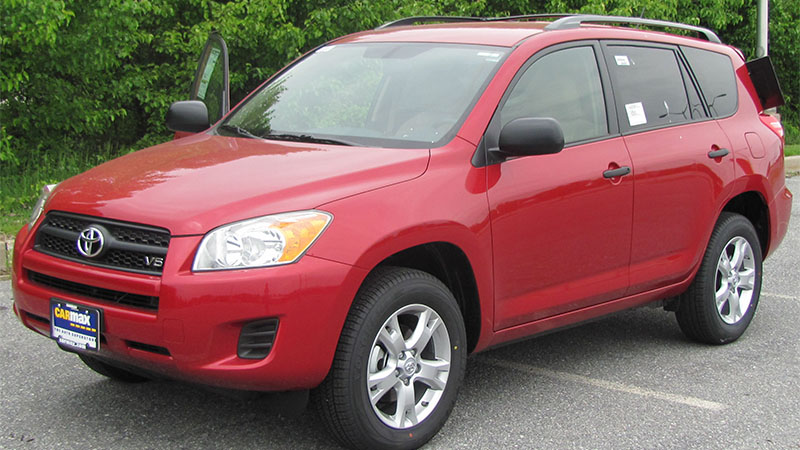
Toyota 2GR Reliability: What to Expect
The 2GR has a well-earned reputation as a low-drama, long-life V6. It’s chain-driven (no routine belt service), widely supported for parts, and stays happy when the basics are done on time.
What you can expect in normal ownership
- Long service life: With regular maintenance, many 2GRs comfortably clear 200,000 miles; well-kept examples in fleet use often push 250,000–300,000+ miles.
- Minimal timing-drive attention: Clean oil keeps the chain, guides, and tensioners quiet for the long haul.
- Stable day-to-day manners: Smooth idle, consistent temps, and predictable behavior in traffic and heat.
- Predictable maintenance: Plugs on schedule, clean air filter and PCV, fresh fluids—and you’re set.
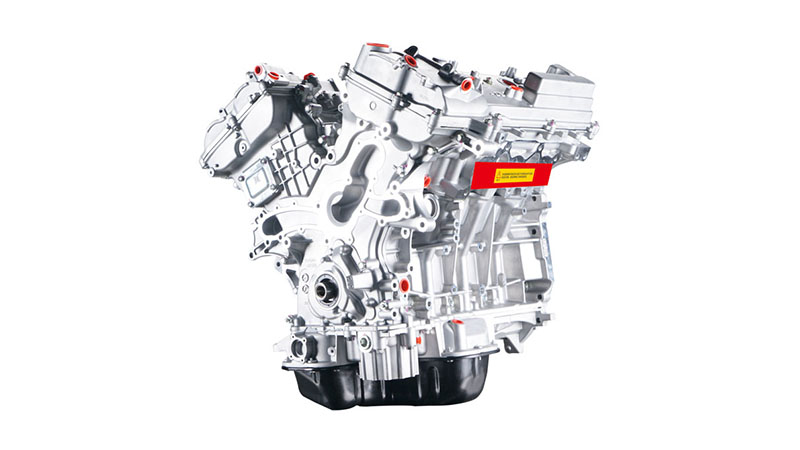
Common 2GR-FE / 2GR family problems (and fixes)
Not every engine sees these, but they’re the usual suspects. Severity refers to how urgently you should tackle it.
1. Water pump seep/leak
- Symptoms: Sweet coolant smell, pink/white crust near the pump or under the car, slow coolant loss.
- Why it happens: The pump is a wear item; seals/housings age.
- Fix: Replace the pump and gasket; refresh coolant.
- Severity: Medium (don’t ignore; leaks can escalate and overheat the engine).
2. Early VVT-i oil line leaks (certain FE applications)
- Symptoms: Oil spots, low oil level, mess near the timing cover/line.
- Why: Some early FE engines used a rubber/metal hybrid line that could degrade.
- Fix: Update to the all-metal line/pipe (many cars have already been updated).
- Severity: High if actively leaking (loss of oil pressure is dangerous).
3. Thermostat housing / coolant crossover seepage
- Symptoms: Slow coolant loss, dried residue under the intake area on some models.
- Fix: New gasket/housing; check crossover pipe O-rings where applicable.
- Severity: Medium (protect against overheating).
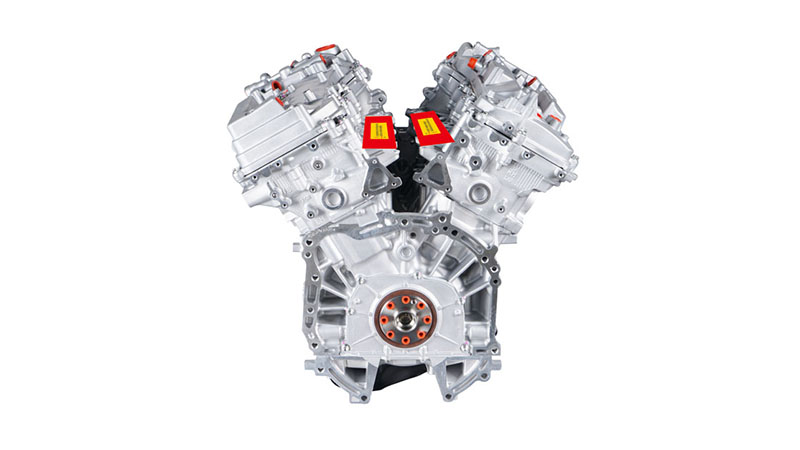
4. Brief VVT gear rattle at start
- Symptoms: Short clatter on cold start that quickly goes away.
- Notes: Often normal on high-mileage units; persistent or loud rattle should be inspected (oil pressure/filters, VVT components).
- Severity: Low–Medium (monitor; investigate if it worsens).
5. Oil consumption on high-mileage units
- Symptoms: Dipstick drops between changes, blue puff on start/overrun in some cases.
- Fix: PCV check, higher-quality oil, leak diagnosis; mechanical repair if excessive.
- Severity: Varies (light usage is manageable; heavy usage needs attention).
6. Intake valve deposits (FSE/FKS direct-injection behavior)
- Symptoms: Rough idle or hesitation over time.
- Why: DI engines don’t always wash valves with fuel; D-4S (FKS) helps but doesn’t eliminate it.
- Fix: Quality fuel, occasional spirited driving when warm, periodic cleaning if required.
- Severity: Low–Medium (maintenance issue, not a failure).
Application-dependent items like secondary air injection components can also act up on some model years. A scan for stored codes while the engine is warm can save you guesswork.
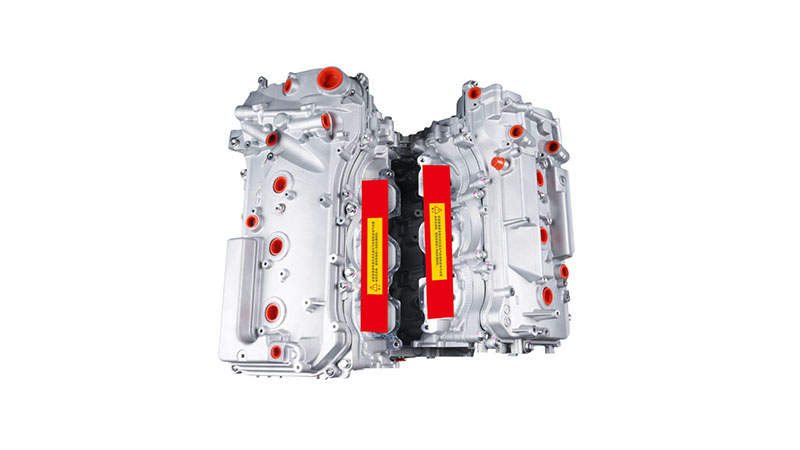
How much HP can a 2GR handle?
On stock internals, the realistic ceiling is about 400–450 wheel horsepower (whp)—if tune, fueling, intercooling, and temps are dialed.
- Pump gas (91–93): ~7–9 psi typically nets 380–420 whp. E85/flex: safer knock margin, 430–460+ whp with proper fuel headroom.
- Torque guideline: Keep wheel torque around 430–450 lb-ft to be kind to rods, head gaskets, and gearboxes.
- Going bigger: Plan forged pistons/rods, higher-flow pump/injectors, and serious cooling (radiator, charge cooling, oil cooler); track use benefits from a baffled pan.
- Boost choices: PD blowers = instant torque (watch heat); centrifugal = cooler, builds with rpm; turbos = most headroom but strict heat/boost control.
- Tuning musts: Quality ECU calibration plus wideband, IAT, and fuel-pressure logging. Heat management beats peak numbers.
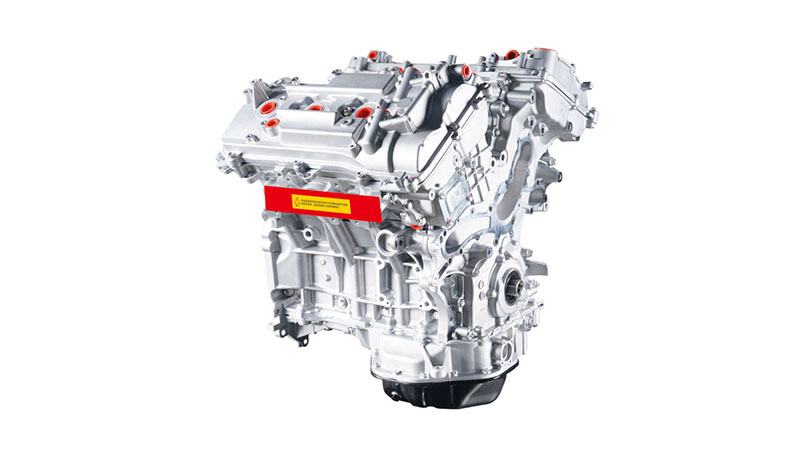
Maintenance & service intervals
- Oil & filter: Use quality oil. Do 5k–7.5k mi for mixed/severe use; up to 10k mi on light-duty late models. Check level monthly.
- Coolant & water pump: Use Toyota SLLC/OEM. Refresh per manual (often 100k first, then ~50k). Inspect pump, thermostat housing, and crossover seals each service.
- Spark plugs & coils: Iridium plugs last 60k–120k mi. Replace as a set; confirm a bad coil by swapping before buying parts.
- Air filter & PCV: Inspect 15k, replace ~30k (earlier in dust). PCV around 60k–100k mi.
- Fuel/air care (FSE/FKS): Consider intake-valve cleaning 60k–100k mi if idle degrades. Clean throttle body/MAF 30k–60k mi as needed; top-tier fuel helps.
- Belts & hoses: Check every visit; serpentine belt typically 60k–90k mi. Replace aging hoses/clamps.
- Timing drive: Chain, no routine replacement. Persistent start-up rattle or cam/crank correlation codes = inspect.
- Heavy use: Towing/track/heat? Shorten intervals; consider an oil cooler and higher-capacity radiator; monitor oil temp and IATs.
Always confirm exact intervals in the owner’s/service manual for your year and variant (FE/FSE/FKS/FXE).
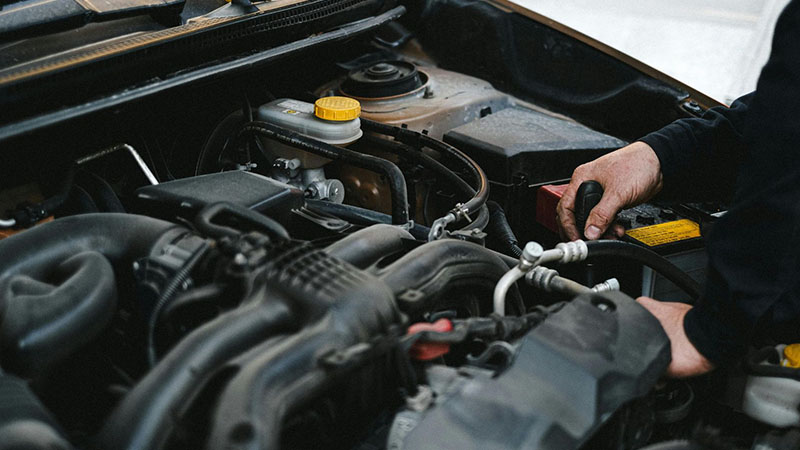
Swap & upgrade paths
- Popular swaps: MR2 (SW20/ZZW30) and kit cars—compact, torquey, easy parts. Many pair with the E153 manual; expect custom mounts, oil pan choice, and exhaust routing.
- Fitment basics: Source a matched set (engine + ECU + immobilizer + harness + pedal/MAF/O₂). Plan pan/mounts (transverse vs longitudinal), cooling lines + larger radiator, and heat shielding.
- Breathing & tune: Headers + high-flow exhaust help; keep an airbox/MAF that scales correctly. Use an OE reflash for street manners or a standalone for heavy mods; log wideband, IAT, and fuel pressure.
- Fueling: FE (port) needs bigger injectors and a higher-flow pump near 400+ whp. FSE/FKS (D-4S) have more headroom; flex-fuel is common.
- Cooling/oiling: For track use, add a baffled pan and oil cooler; watch oil temps/pressure and IATs.
- Drivetrain: Upgrade the clutch (manual) or add trans cooler/tune (auto); mounts/axles/diff bushings wear faster with torque.
- Emissions: Keep cats/OBD readiness where required to pass inspection.
Quick checklist: matched set · mounts/pan sorted · cooling planned · intake/MAF scaled · logging in place · clutch/trans cooling matched to torque · heat shielding done.
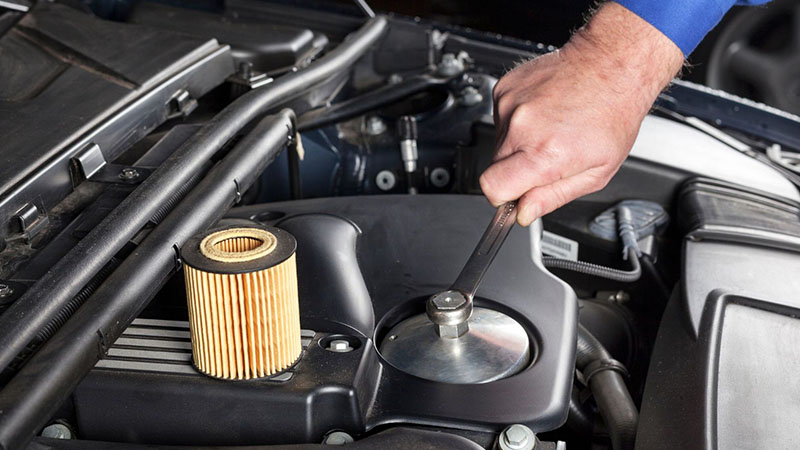
Buying guide: new, reman, or used?
You’ve got three practical ways to source a 2GR: New (OE/new replacement), Remanufactured, or Used (salvage/JDM take-out). The best choice depends on budget, warranty expectations, and how much downtime you can tolerate.
| Type | Pros | Cons |
|---|---|---|
| New | Zero miles; tight tolerances; strongest warranty; lowest risk | Highest cost; specific variants may be hard to find in some markets |
| Remanufactured | Fresh machining/clearances; updated wear parts; 6–24 month warranties common; strong value | Quality varies by builder; core charge/return windows; verify build details and test results |
| Used | Lowest upfront cost; OEM assembly; often quickest to source | Unknown history; short/no warranty; buy only with compression/leak-down + borescope and clean-fluid checks |
Tips
- Choose New for mission-critical use and maximum warranty; Reman for best value from a reputable builder; Used only with verified test results.
- Match exactly: variant (FE vs FSE/FKS vs FXE) and layout (transverse vs longitudinal).
- Ideal is a matched set: engine + ECU + immobilizer/key + harness + MAF + pedal + O₂ sensors.
- Pre-buy checks: compression & leak-down, borescope, clean fluids, cooling pressure test.
- Verify the early FE VVT-i oil line is the all-metal update; ask for a gasket set and written warranty/hot-run results where applicable.
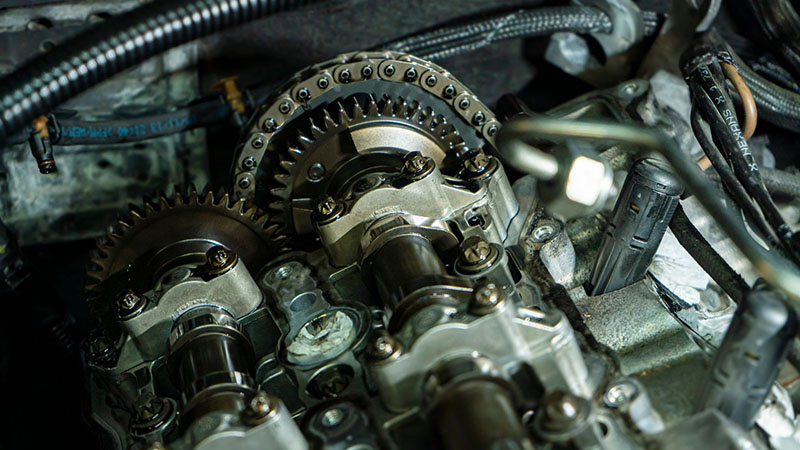
FAQ
Is the Toyota 2GR engine reliable?
Yes. With timely oil and coolant service, the 2GR commonly delivers long, low-drama life. Typical issues are wear items like water pumps and, on some early FE engines, a VVT-i oil line that’s usually been updated by now.
How much HP can a 2GR handle?
A careful build on stock internals targets ~400–450 whp. For higher numbers or heavy track duty, budget for forged internals and more cooling/fueling.
What are common 2GR-FE problems?
Water pump seepage, early VVT-i oil line leaks (FE), thermostat/crossover gasket leaks, occasional start-up VVT chatter, high-mileage oil consumption, and intake valve deposits on DI-equipped variants.
Does the 2GR use a timing belt or chain?
Chain. There’s no routine belt replacement, but clean oil is critical for long chain and tensioner life.
What oil type and capacity should I use?
Follow the owner’s manual for the donor vehicle/year. Many use 0W-20 or 5W-30 depending on climate and application.

Conclusion
The 2GR has earned its reputation for being dependable, flexible, and easy to live with. Keep fluids fresh and stick to routine service, and it’ll rack up miles—while still leaving room for well-tuned power gains. If you’re replacing, swapping, or building inventory, choosing the right variant with the correct supporting parts makes all the difference.
About Us
Nanjing Woda Auto Technology Co., Ltd. is a China-based manufacturer and exporter specializing in complete engines and core engine components for B2B buyers. With 25+ years in the automotive industry, we support workshops, distributors, and fleet operators worldwide—backed by rigorous QC, OEM-equivalent parts, export-ready packaging, and reliable sea/air logistics.
Ready to source 2GR engines or parts?
Contact us to request a quote and see how we can help your business grow.
